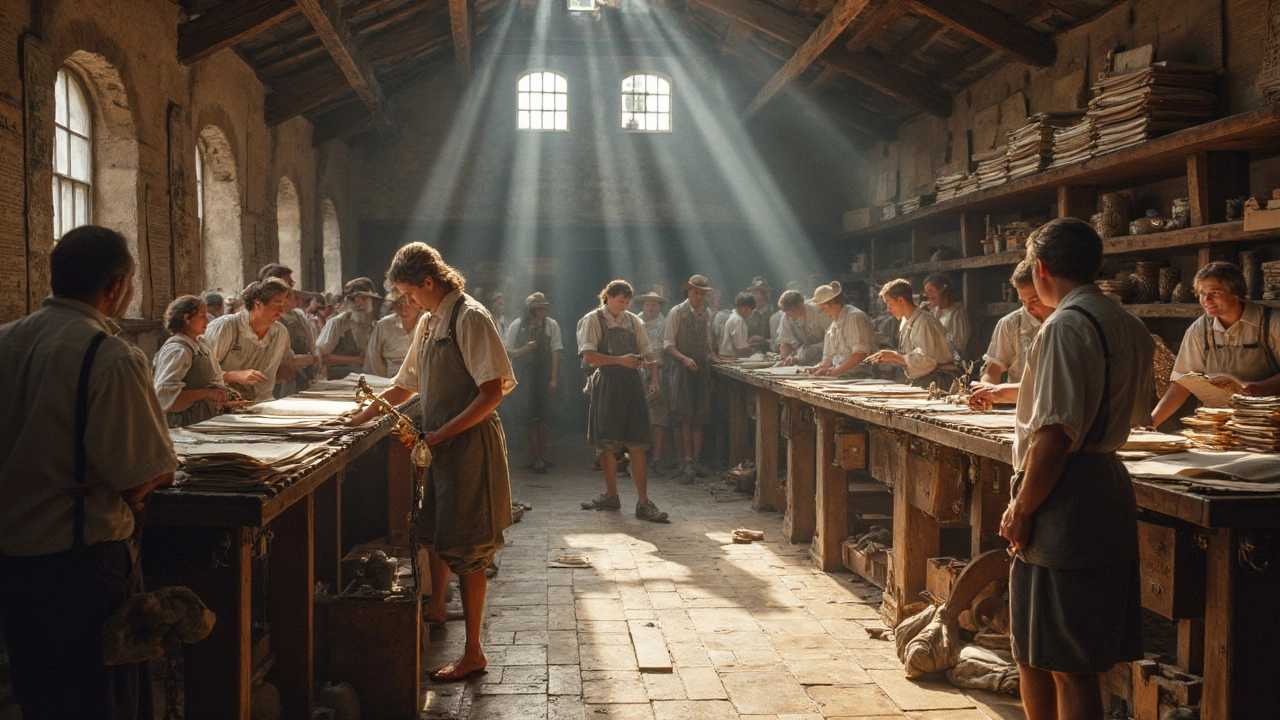Media Origins: How We First Shared News
Ever wonder how we went from carving symbols on stone to scrolling feeds on a phone? The story of media starts way before the printing press and gives us clues about why we crave information today.
Oldest Ways to Tell a Story
Long before paper, humans used cave walls, animal skins, and simple drums to spread news. Cave paintings in France, for example, showed hunting scenes that warned nearby groups about animal migrations. Those images were the first "headlines" – visual, easy to understand, and meant for anyone passing by.
Then came oral tradition. Story circles around campfires let messengers pass along events, myths, and warnings. The speed was slow, but the personal touch made the news stick. Think of it as the ancient version of a live‑stream.
Print Takes Over
Fast forward to the 16th century, when the first newspapers appeared. The Gazette in Germany and the Oxford Gazette in England started as single sheets announcing official notices. They were cheap, easy to copy, and soon people read them every morning with their tea.
Why did print explode? It combined speed with permanence. A printed page could travel farther than a messenger and stay in a home for weeks. That meant advertisers, politicians, and everyday folks could all reach a larger audience without shouting across a field.
Today, the rhythm of daily papers lives on in digital feeds. The core idea – delivering timely, useful info – hasn’t changed, only the tools have.
Digital Revolution and What It Means for Us
The internet turned media upside down. Email, social platforms, and news apps let anyone publish instantly. A tweet reaches millions in seconds, something a 17th‑century printer could never imagine.
But the basics still matter: credibility, relevance, and speed. Even on TikTok, viewers look for sources they trust. That’s why many old‑school newspapers now have strong online presences – they blend the authority of print with the reach of digital.
Understanding media origins helps us spot trends. When a new format appears, ask: does it make sharing information faster? Is it easy to copy? Does it reach more people? Those questions guided the move from stone to screen.
So next time you scroll a headline, remember you’re part of a story that started with a stick on a wall. The tools keep evolving, but our need to stay informed stays the same.

Oldest US Media: Surprising Origins Behind American News
Curious about where American media really started? This article tracks down the very first US newspapers, the quirky stories behind their beginnings, and how they've kept up with the times. We break down how these outlets shaped journalism, discuss why some faded while others adapted, and clear up the biggest myths about old US media. You'll walk away with tips for finding trustworthy historic sources and new respect for the headlines of yesterday. Get ready for real-life facts, not just history textbook highlights.
READ MORE